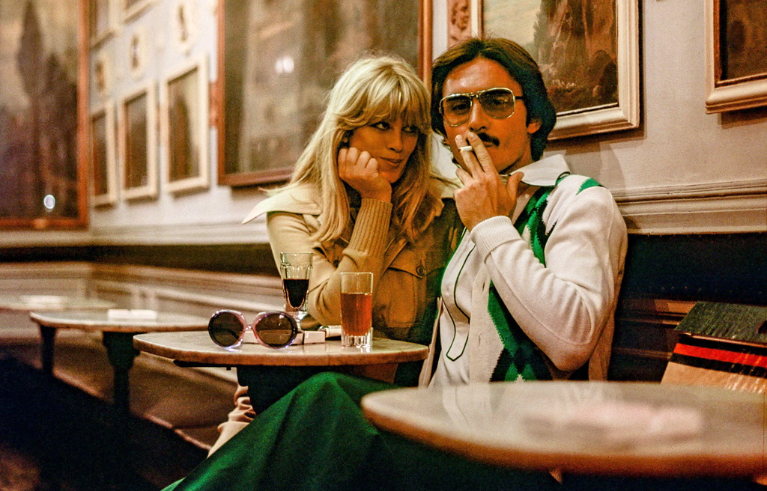The 1970s, a dynamic era of cultural shifts and social changes, witnessed a unique phenomenon in its relationship with tobacco. Smoking, deeply ingrained in the societal fabric, mirrored the era’s ethos and attitudes.
Cigarettes: A Symbol of Sophistication and Rebellion
During this decade, cigarettes stood as twin emblems of sophistication and rebellion. This period saw tobacco brands strategically marketing their products as symbols of personal freedom and high status. Glossy advertisements and influential campaigns played a significant role in this perception, creating an indelible link between smoking and the contemporary lifestyle.
Tobacco companies, keenly aware of the changing social currents, masterfully positioned their products at this intersection. They designed strategic marketing campaigns that communicated a message of elegance and high social standing, appealing to those aspiring to a more glamorous lifestyle. Glossy advertisements featuring suave, well-dressed individuals in luxurious settings conveyed that smoking was not just a pastime but a hallmark of refinement and class.
Simultaneously, these very cigarettes were being championed as icons of rebellion and personal freedom. This was the era of counterculture, where challenging norms and expressing individuality were highly valued. Tobacco advertising tapped into this sentiment effectively. Ads often portrayed smoking as an act of defiance, a way to stand against conventional societal norms. Smokers were depicted as free-spirited, bold individuals who dared to live on their own terms, thereby resonating with the youth of the time who were seeking to assert their identity and autonomy.

Impact of Media and Celebrity Influence
The silver screen and celebrities significantly bolstered the smoking trend. Renowned actors and public figures, often seen with a cigarette in hand, undeniably influenced public opinion. This emulation, spanning across diverse demographics, solidified smoking as a norm rather than an exception.
The Surge of Tobacco Advertising
The 70s were the golden age for tobacco advertising. The industry’s creative campaigns were omnipresent – from billboards to magazine pages. These advertisements not only promoted smoking but also shaped its image, making it synonymous with glamour, allure, and adulthood.
Changing Tides: The Emergence of Health Awareness
Despite the prevailing smoking culture, the latter part of the 70s began witnessing a shift. Increasing awareness about health risks associated with tobacco started to alter public perception. This change marked the beginning of a more health-conscious attitude, leading to future anti-smoking campaigns and regulations.
Social Dynamics and Smoking Etiquette
In this decade, smoking etiquette was less restricted. Lighting a cigarette in public spaces, offices, or social gatherings was commonplace. The act of smoking was woven into daily activities, signifying relaxation, a break from work, or a means to socialize.

The Rise of Smoking Paraphernalia
Accompanying the prevalence of tobacco were various smoking accessories. Elegant lighters, sophisticated cigarette cases, and ashtrays became fashion statements, reflecting the user’s style and status.
Tobacco Varieties and Consumer Preferences
During the 70s, there was a notable diversity in tobacco products. From classic cigarettes to cigars and pipe tobacco, each had its niche audience. Brand loyalty was strong, and experimenting with different tobacco types was a part of the era’s smoking culture.
Shift Towards Filtered Cigarettes
Filtered cigarettes gained popularity as they were perceived to be a healthier alternative to their unfiltered counterparts. This shift was indicative of the growing health consciousness, even amidst the smoking-centric societal norms.
Conclusion: A Reflective Look at the 70s Smoking Era
The 1970s, a pivotal decade for smoking culture, encapsulated the complexity of societal trends and perceptions towards tobacco. While it was a time when smoking was glorified and embedded in everyday life, it also sowed the seeds for future health-centric viewpoints. This era, a tobacco time machine in its own right, offers valuable insights into the evolving relationship between society and smoking habits.

